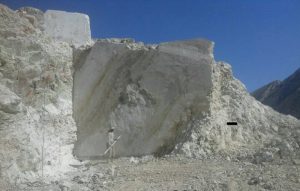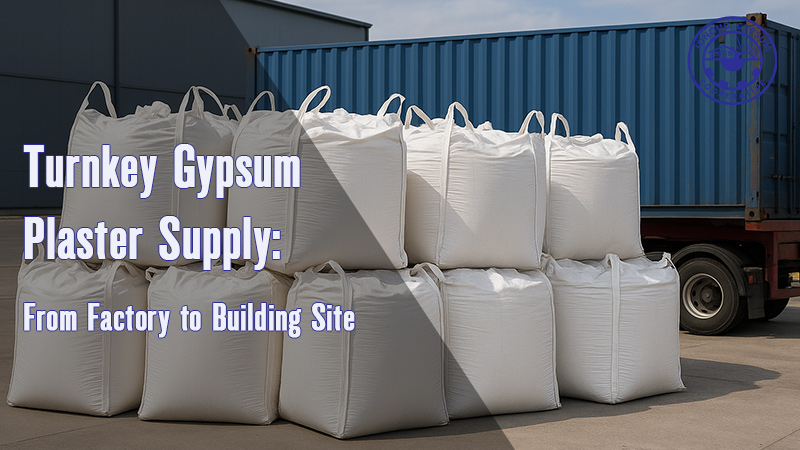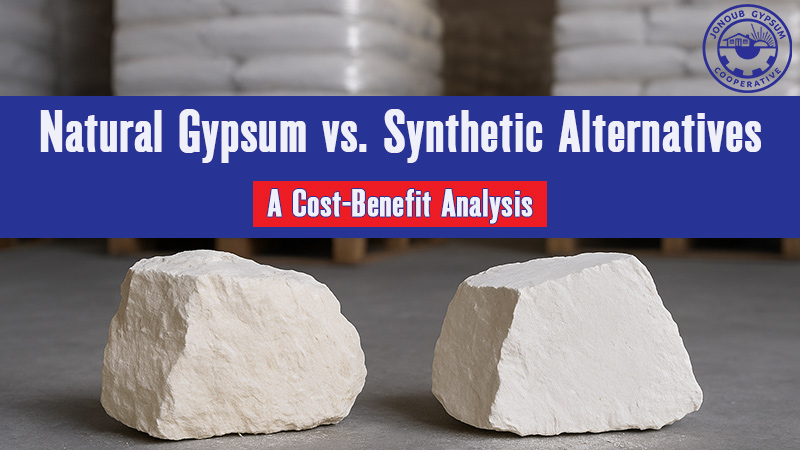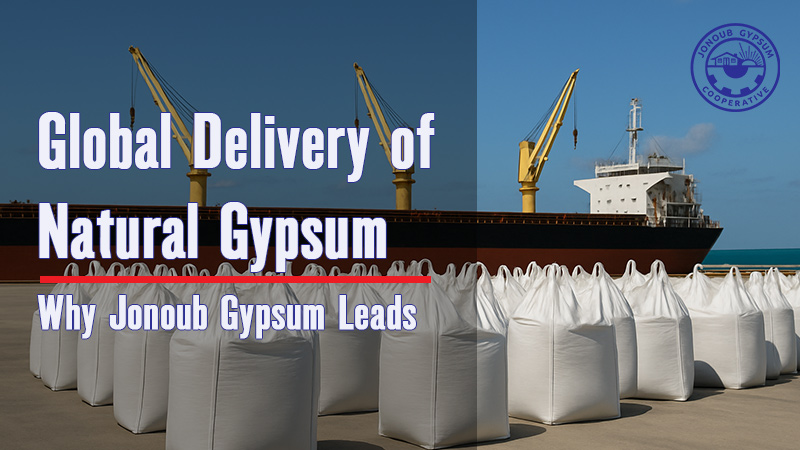
5 gypsum types in terms of appearance and texture
Gypsum is a naturally occurring non-metallic mineral composed of calcium sulfate dihydrate (CaSO₄·2H₂O). It is found in a variety of solid forms, with different appearances and textures that distinguish one type of gypsum from another. The word “gypsum” generally refers to its solid, unaltered form, while “plaster” refers to the heated and dehydrated form used in construction and other applications.
Gypsum is commonly found in Earth’s crust as deposits of crystalline structures, and it is divided into five primary types based on texture and appearance. Each type has unique characteristics that make it suitable for different uses, especially in construction and sculpture.
Here are the five main types of gypsum based on their appearance and texture:
1. Alabaster
Alabaster is a massive, fine-grained variety of gypsum. Its texture is smooth, making it ideal for carving and sculpting. The term “alabaster” was named after Alabaston, a region in ancient Egypt, where the mineral was historically mined for artistic purposes.
Alabaster is particularly prized for its soft, translucent appearance, which makes it suitable for decorative art and statuary. The fine grain allows for intricate detailing, and when polished, it develops a lustrous sheen. Alabaster has been used since ancient times in both small decorative objects and large sculptures.
2. Selenite
Selenite is the transparent, crystalline form of gypsum. The name originates from the Greek word “Selene,” meaning moon, due to its soft, moon-like glow when light passes through it.
Selenite typically forms in large, transparent crystals or thin sheets, and its appearance can range from completely clear to slightly milky. This form of gypsum is often used for ornamental purposes and is also popular in metaphysical contexts for its believed spiritual properties. Its glass-like clarity and ease of splitting along perfect cleavage planes make selenite crystals a favorite for collectors.
3. Satin Spar
Satin Spar is a fibrous type of gypsum known for its silky texture and pearly, fibrous sheen. It gets its name from its resemblance to satin fabric, thanks to its shimmering, reflective surface. Satin Spar is typically found in long, fibrous crystals and often appears in pale hues, ranging from white to light pink or orange.
The fibrous nature gives it a softness and a light-catching ability that makes it popular for decorative uses, such as in jewelry, carvings, or as ornamental stones. Its unique, fiber-optic-like qualities set it apart from other forms of gypsum.
4. Gypset (Gypsum Clay)
Gypset, or gypsum clay, is a type of gypsum that is mixed with impurities such as clay and sand, giving it a porous, grayish appearance. This form is typically found in large, thick sedimentary layers and is less refined compared to the other types of gypsum.
Gypset’s composition makes it less desirable for decorative purposes, but it is still valuable in industrial applications, especially as a building material. Its porous texture allows it to be used in applications where weight reduction is a consideration, such as in lightweight plaster or as a component in drywall.
5. Regular Gypsum (Medium- to Coarse-Grained)
This type of gypsum consists of medium- to coarse-grained crystals and often appears in large, thick layers in sedimentary rock deposits. The texture is granular, and the color can vary from white to shades of gray or even pink, depending on impurities present in the mineral.
Regular gypsum is primarily used in the construction industry, particularly in the production of plasterboard, drywall, and cement. Its abundance and ease of extraction make it one of the most economically significant forms of gypsum.
Economic Importance of Gypsum Types
Among these types, gypsum and alabaster hold significant economic and industrial value. Although alabaster is often considered distinct because of its use in art and sculpture, it shares the same chemical composition and properties as regular gypsum.
Both are primarily composed of calcium sulfate dihydrate, making them identical in terms of their fundamental makeup. Gypsum is widely used in construction, particularly for plaster and drywall production, while alabaster continues to be valued for artistic purposes. Despite their different applications, both types are crucial for various industries, including mining and manufacturing.
In summary, the five gypsum types—alabaster, selenite, satin spar, gypset, and regular gypsum—vary in texture and appearance, which dictate their uses in art, industry, and construction. Their unique properties, from the translucency of selenite to the fine grain of alabaster, reflect gypsum’s versatility as a mineral resource.







